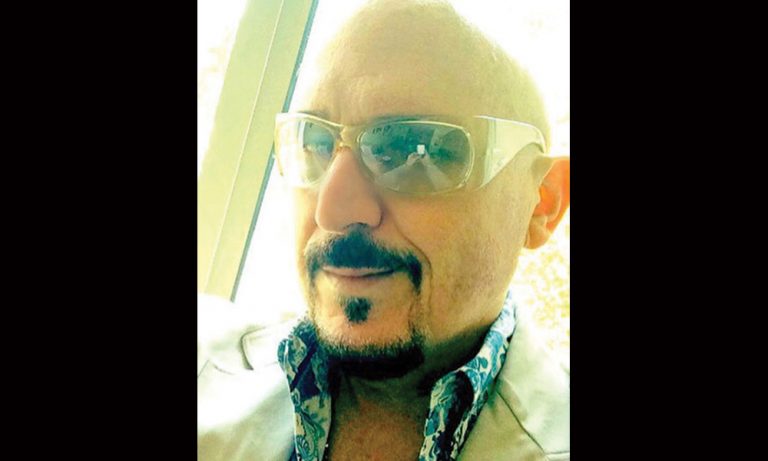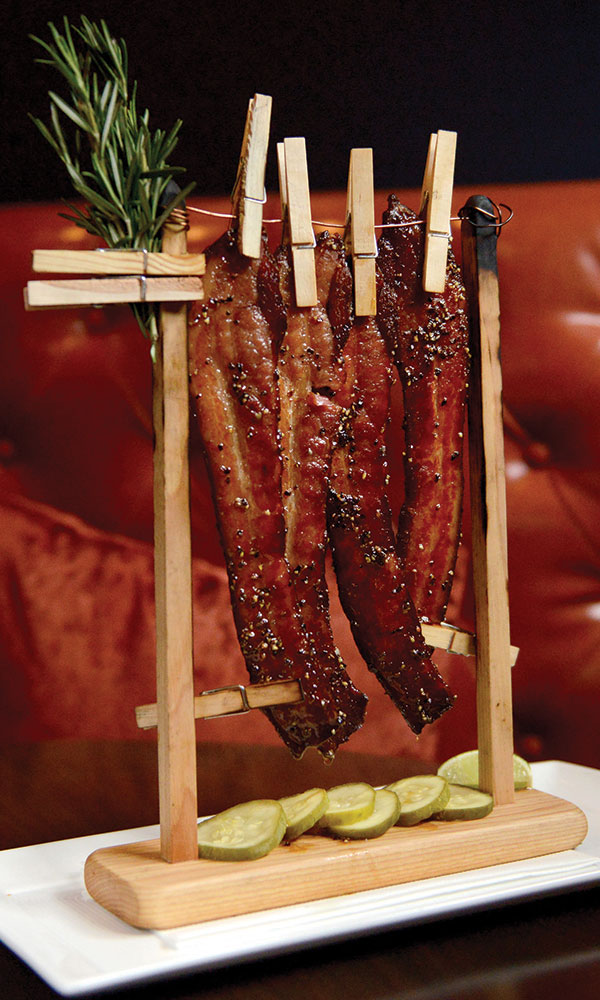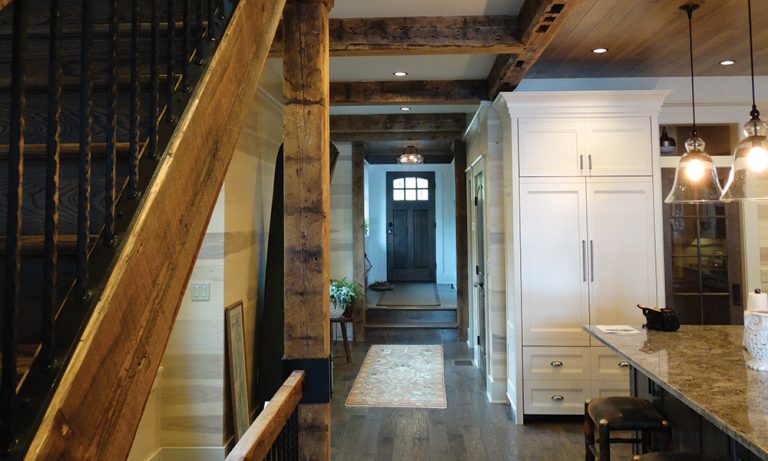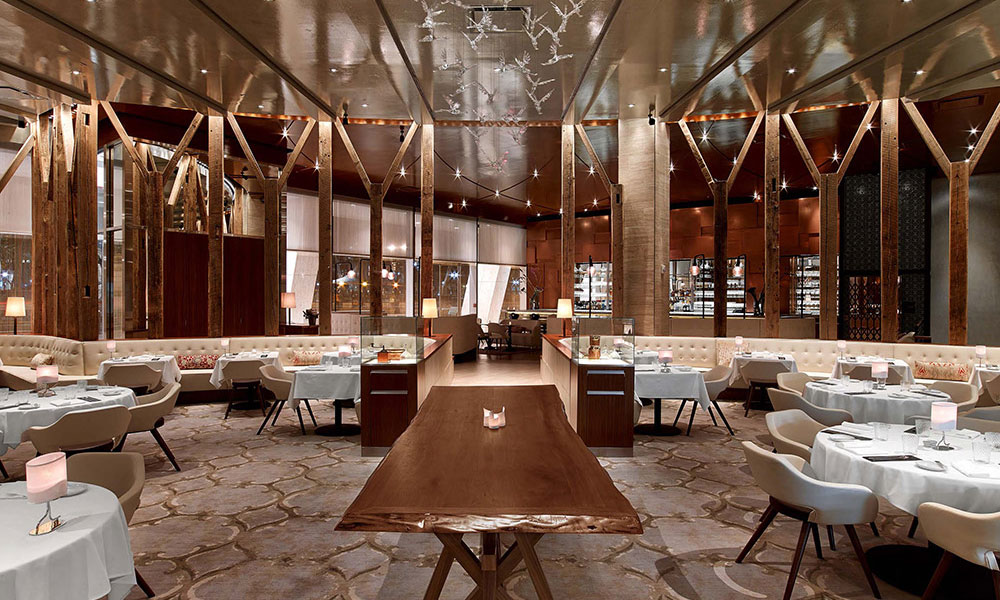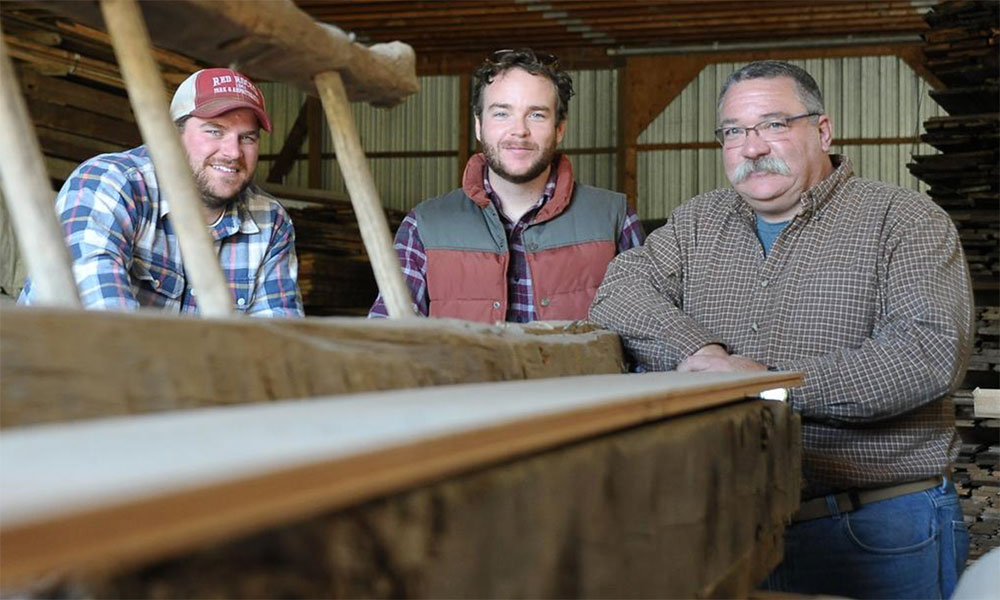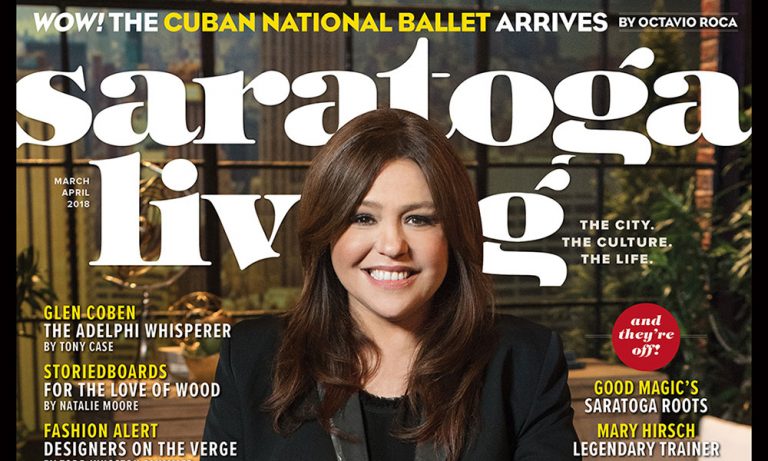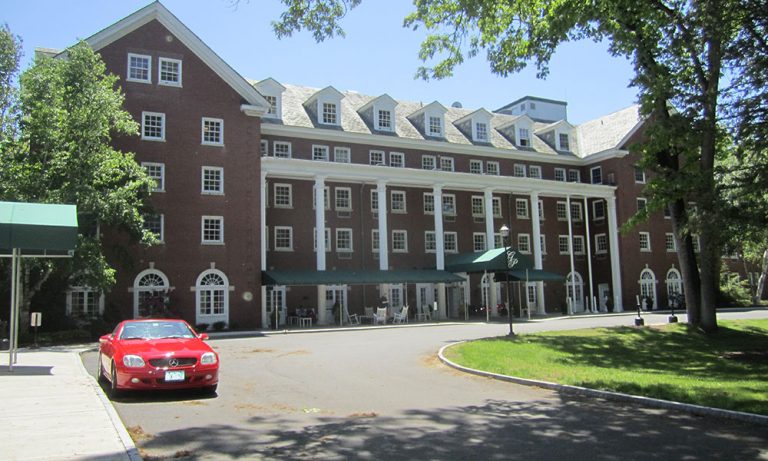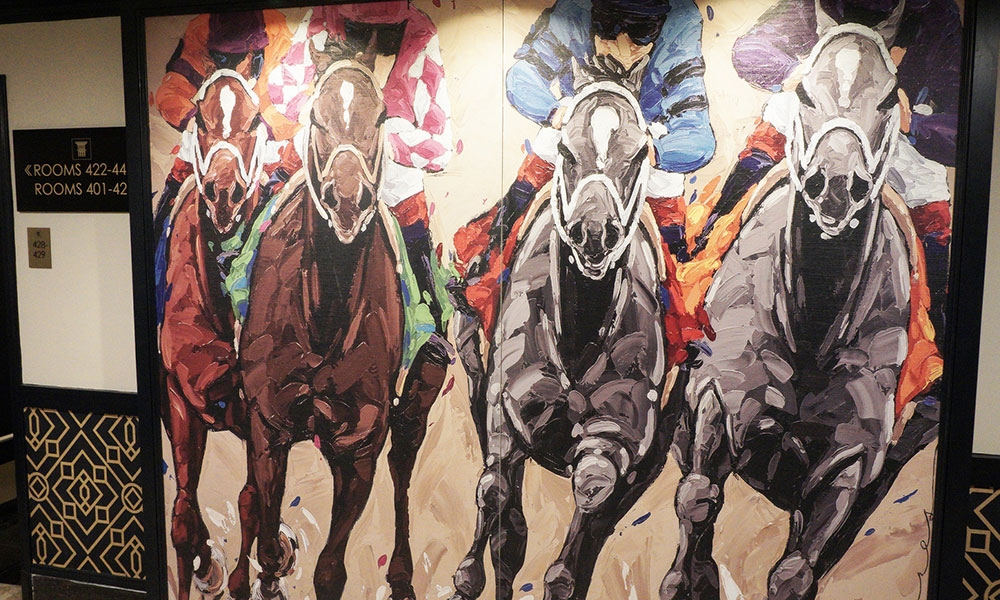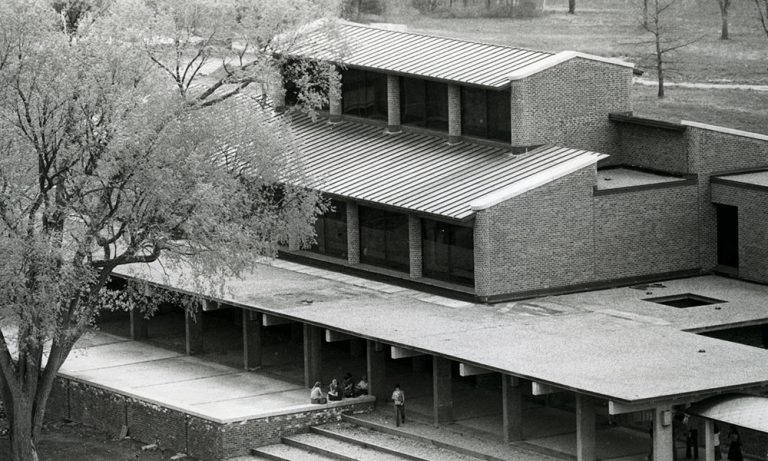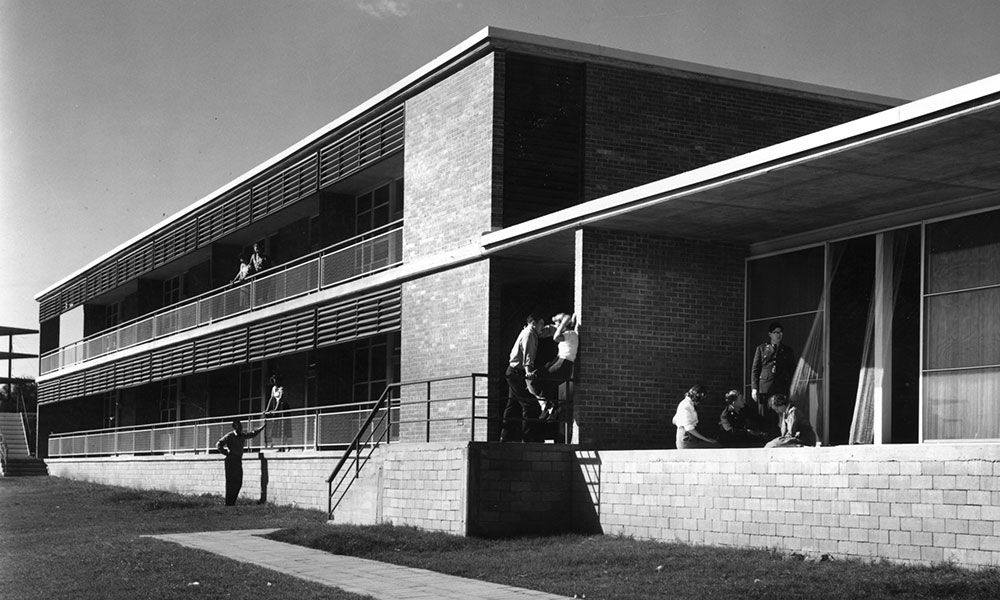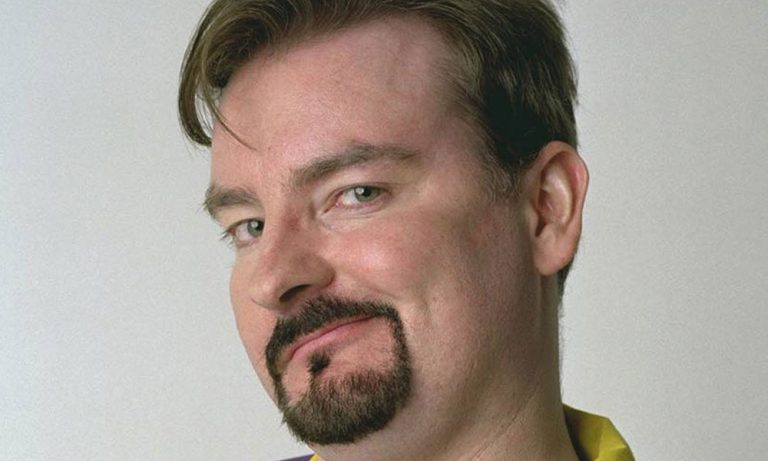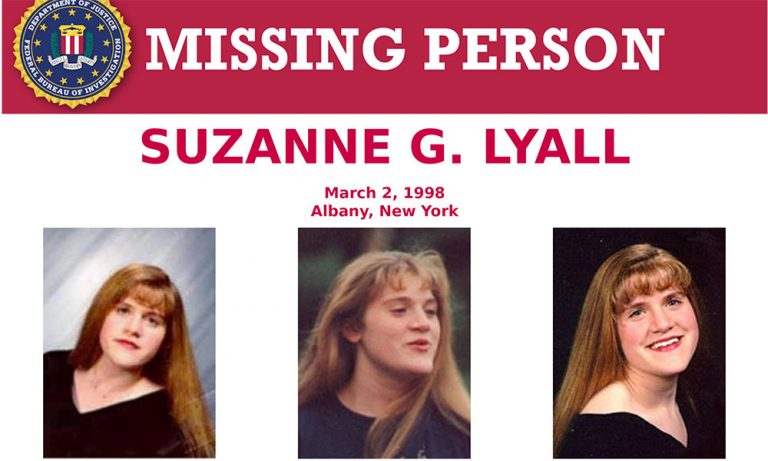When I was growing up in the 1980s and ’90s, comic book geeks didn’t have the luxury of the glutted Marvel and DC Universes on the big screen to keep us constantly rapt beyond the page. I was born the year TV’s Wonder Woman ran out of seasons to air. There had also been a number of attempts at bringing Spider-Man to the small screen, each of which was campier than the last. And well, I guess the Batman movies—at least the first few—hit the mark, but I’d been raised a Marvel guy, so I wasn’t really into the black, latex suits and the dead-parent vendettas. I was a pretty happy kid, and I liked my superheroes with actual superpowers.
One Marvel superhero show I completely missed out on, probably because the action would’ve been a little too much for a one- or two-year-old, was The Incredible Hulk, which first aired on CBS in 1978, the year before I was born. The series ran until 1982, and was eventually made into a series of made-for-TV-movies starting in the H.W. Bush years. At some point during my early youth, my parents had bought me and my older brother an old, dog-eared Marvel comic book that featured the origin stories of a number of characters, including the Incredible Hulk. Just a few years after the TV show went off the air the first time, I would’ve likely known the story of Dr. Bruce Banner, the white-lab-coated scientist and doctor, who would get super angry and turn into this giant, non-jolly green monster, the Hulk. Enraged, he’d squash bad guys like ants. He’d say things in caveman-speak like “Hulk smash!” It was pretty straightforward—and well, awesome.
Years later, in the eighth grade, I’d set up a table at the local baseball card show, and at the tail-end of the day, a fellow came by and offered to sell me his comic book collection for dirt cheap. I shelled out the cash, and it included probably 20 issues of Incredible Hulk issues from the mid-’70s. I pored over them, and eventually, began digging further into the series. It was then that I discovered that long-lost show, which starred two men, actor Bill Bixby (as Dr. Bruce Banner) and champion bodybuilder Lou Ferrigno (as the Hulk). But it was the latter that I was most interested in; I mean, you can’t really beat a real-life badass, painted head-to-toe in green, fighting the ills of the world, right?
Which brings me to today, when I got a chance to sit down, face-to-face, with the Incredible Hulk himself, Lou Ferrigno, who is appearing at the Empire State Comic Con today, Friday, April 6, through Sunday, April 8. I covered a lot of ground with him. Below, is our conversation, which has been lightly edited for clarity.
Early on in your bodybuilding career, you trained with Arnold Schwarzenegger. Did you ever think he’d become a governor or the Terminator?
I knew that whatever he chose to go into—government or politics—that he’d be very successful, because he was very driven.
You’re best known for your role in the late ’70s as the Incredible Hulk. Take me back to 1976, just before you got the part. Where were you at in life? What were your aspirations?
I was in California, training for the 1977 Mr. Olympia, which I was slated to win. I’d trained the whole year for the competition and I’d just moved there. And then about six weeks before the competition, I received a phone call about the audition for The Hulk. I really wanted to compete and win Mr. Olympia, but I said to myself, I don’t want to pass up this audition. I remember I went down to the set, and I saw Bill Bixby [who played Dr. Bruce Banner]. At the time, they were shooting with Richard Kiel, who played Jaws in the James Bond movies, but he didn’t get the part, so they had to re-shoot the pilot. So I took a gamble and said I’ll go with it. And then the rest is history.
Tell me a little bit about wardrobe and the makeup for the show. How long did it to take you to become the Hulk?
The makeup took, like, three-and-half hours, and they used grease makeup on my face, because they had to glue the Hulk’s nose and forehead onto my skin, and then they’d powder it down. That would take an hour or an hour and a half. Then, my body got four or five coats of pancake makeup, which I despised. I hated it. And then you had another crew that came in and put on the clothing, wig, eyes and teeth. The eyes were painful because I could only wear them for 15 minutes at a time; they gave me peep-hole vision. So most of the time I spent in a motorhome, cold, because my skin had a tendency to sweat more with makeup on, and I’d have to be re-touched all the time. Usually, I was the first one on set and the last one to leave.
Tell me something about the Hulk show that you’ve never told any other journalist.
One time I drove home with the makeup on, and I was on the freeway at 2am, and a guy, driving next to me, looked at me, and said, “Holy shit!” And he crashed his SUV into a bus. I ended up driving home. I was so embarrassed. That was the last time I did that. I felt so bad for that guy.
Tell me about Ferrigno Fit. I sort of feel like comic book geeks don’t really care about their physique that much. Are you looking to change that?
Ferrigno Fit is a website that teaches people how to become their own personal trainer. My daughter and I started it. Starting Monday, we have a new series I’m filming called Pumped. It’s like the Celebrity Apprentice of bodybuilding. We’ve got a casting call on Monday morning with more than 200 competitors, and like the Apprentice, they’ll be given a goal to meet, and whoever wins the grand finale, wins.
I noticed you’re a big supporter of President Trump. Might the Hulk someday run for office?
You know, it’s funny. I have no aspirations to run for office, because I’ve been a Deputy Sheriff for 14 years. I went through the academy. But I’d definitely like to be involved with Trump when it comes to heading the President’s Council for Physical Fitness.
I take it you’d probably want to hit the weight room with Mr. Trump.
He needs the weight room, definitely. When I did The Apprentice, I know that he doesn’t like to exercise. So I’d be very happy to take him into the weight room.
What should his training regimen start with?
It would be very simple. I think he needs to improve his circulation, work out, do some cardio and tone his muscles. He’s 71 years old, and I think it would be beneficial for him.

